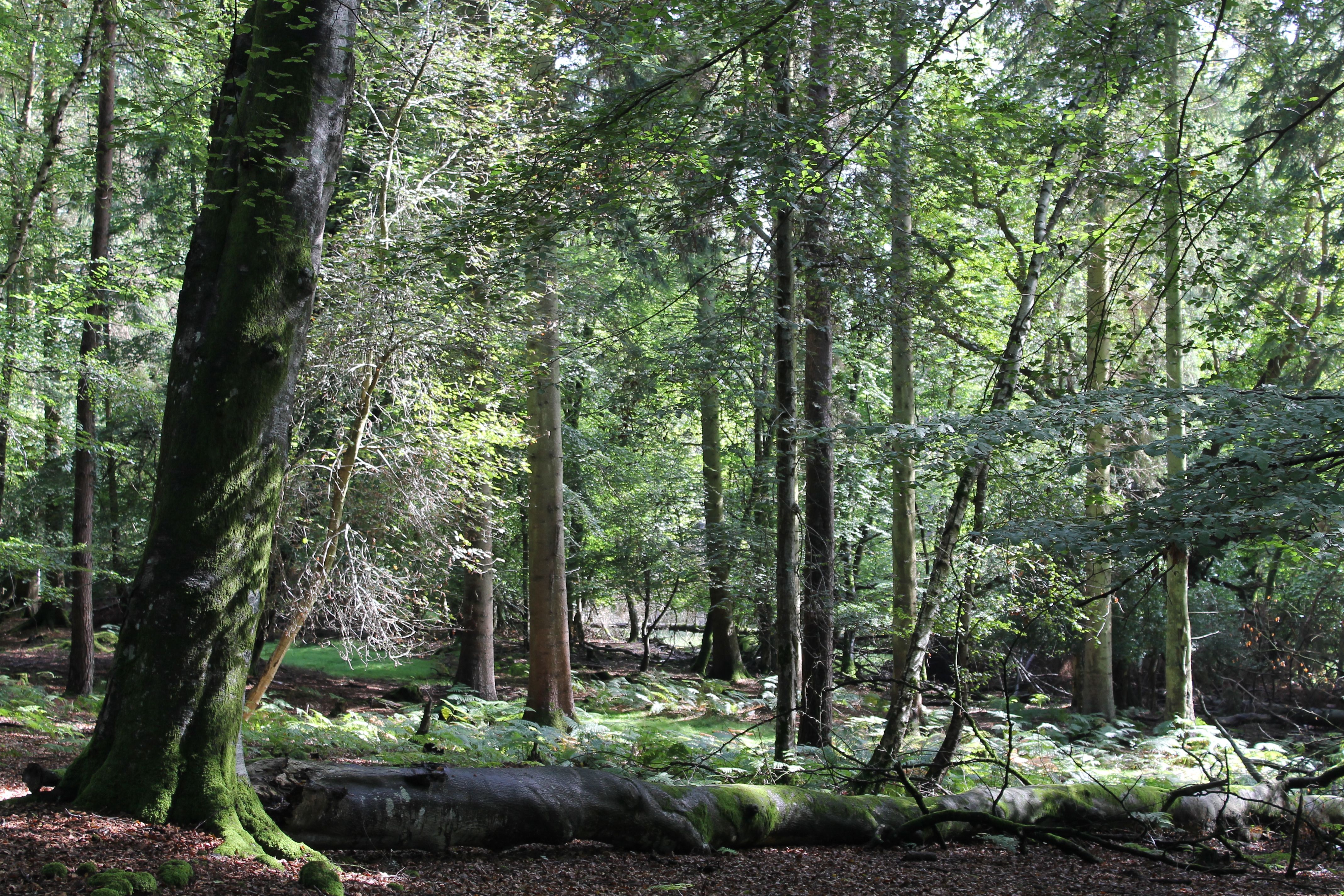
The pattern of gnaw-marks in these hazelnut shells are consistent with those of a wood mouse.
Whilst moving bales of hay from the barn recently I noticed in one of them an imprinted circular shape that was about the diameter of a coffee mug. In the shallow impression were several empty hazelnut shells. Each of the shells had a circular hole gnawed in the top, through which some creature had eaten the nut within. On my holding there is a large patch of hazelnut trees that produce an abundance of nuts, but each year it is generally a race to see who will get to the ripened fruits first, me or the squirrels. My discovery seemed to suggest that there was yet another rival vying for a share of the autumnal spoils. I was excited at first to think that I might have a dormouse (Muscardinus avellanarius) resident on my holding but further investigation revealed the culprit to be only a wood mouse (Apodemus sylvaticus). Unlike the dormouse, which is protected species, wood mice, also known as field mice, are one of the most numerous of the small mammals. According to one estimate there is one wood mouse for every two people in the UK*, which is good news if you are a tawny owl or fox, for example, which relies upon the small nocturnal rodent as an important source of food.
The great mouse invasion
Mice, and other animals (including the pigs at pannage season) feast on the nuts, acorns and mast produced by the trees in the New Forest. The trees make their fruits in order to reproduce and their strategy for dealing with the feasters is to produce more fruit than the animals can eat. Fingers, or rather, twigs crossed! However, in 1814 Lord Glenbervie wrote to Sir Joseph Banks, the famous naturalist who took part in Captain James Cook’s first great voyage (1768–1771), asking for advice and apprising him of the most astonishing circumstance that had occurred in the Forest of Dean and the New Forest concerning ‘an account of the unexampled devastations committed by Field-Mice, during the years 1813 and 1814.’ Apparently the number of mice, which were reported to be in the tens of thousands, far exceeded the availability of food and the mice had begun eating the Forest’s trees. This ‘plague’ of ‘pernicious little animals’ was reported to have caused widespread loss of tree plantations as the mice ‘devoured the bark of the young plants, all round from the ground to the height of about six inches, and in many instances gnawing the root itself through and through.’
Solutions to the swarm
Solutions to the great mouse invasion involved several tactics, some of which appeared quite desperate. Cats were released into the forests but, while they certainly roamed ‘a considerable distance’, no one was sure if they had satisfied themselves with the mice they had caught without hunting for others; various poisons, such as arsenic, were tried and mixed up into a kind of paste with grease, flour and cut glass, but although the bait was taken there was little evidence the poison had been effective; mousetraps were used but being made of wood swelled up in the damp of the forest and became useless; large swathes of bushes, ferns, furze and rough grass were cleared to expose the mouse runs to the larger predators and birds of prey but it proved so time consuming and costly that this tactic was abandoned. The most effective defense against the mouse swarm was to dig small pits into which the mice fell and couldn’t get out from, where they were collected in their hundreds. Foxes, stoats, weasels, kites, hawks and owls were all said to have gorged on the glut of mice. Unfortunately none of the reports explain why the great mouse invasion began or indeed how it ended but seasoned forest keepers and woodsmen said that they had never seen anything like it before.

Wood mice (Apodemus sylvaticus) are noctural residents of the New Forest.
*BBC Wildlife: http://www.bbc.co.uk/nature/life/Wood_mouse


You must be logged in to post a comment.